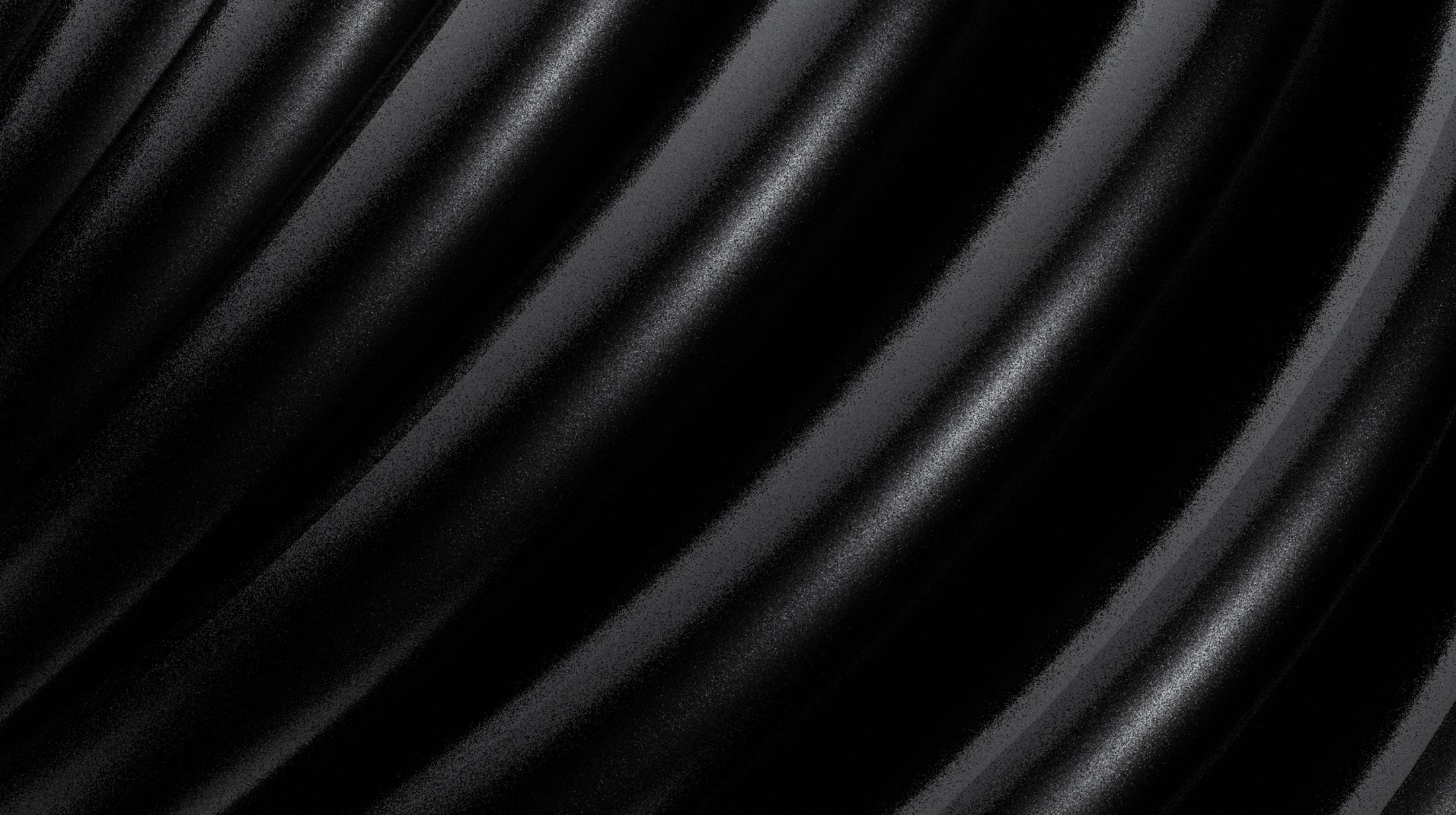
Understanding and Addressing a Botched Rhinoplasty
Having a botched rhinoplasty means the surgical outcome did not meet the intended aesthetic or functional goals. This can result in visible deformities or breathing difficulties, leaving patients dissatisfied and sometimes distressed.
Key Takeaways
- A botched rhinoplasty can lead to both cosmetic issues like asymmetry and functional problems such as breathing difficulties.
- Common causes of unsuccessful nose jobs include inexperienced surgeons, over-resection of cartilage, and inadequate surgical planning.
- Choosing a qualified, board-certified surgeon and clear communication about desired results are key steps in preventing a botched nose job.
Understanding a Botched Rhinoplasty
A nose job, or rhinoplasty, is a surgical intervention aimed at changing the shape and size of the nose to enhance facial balance. Unfortunately, sometimes these procedures do not unfold as expected. A botched rhinoplasty refers to an outcome where the actual results diverge significantly from what was anticipated, leading to substantial dissatisfaction and medical complications.
Cosmetic Signs of a Botched Nose Job
Common indicators of a poorly executed nose job include an overly turned-up nasal tip, asymmetry, or a pollybeak deformity. These issues can disturb facial harmony and cause emotional distress.
Functional Issues After a Bad Rhinoplasty
Breathing difficulties are common after a failed rhinoplasty, often due to excessive tissue removal. Structural collapse of the nose can also lead to long-term respiratory issues.
Common Causes of Botched Nose Jobs
Understanding the causes of a botched rhinoplasty helps prevent these undesirable results. The most common causes include:
- Inexperienced Plastic Surgeons: Lack of skill can lead to poor surgical execution.
- Over-Resection of Cartilage: Removing too much cartilage may create an unnatural, pinched look.
- Poor Surgical Planning: Failure to tailor the procedure to a patient’s anatomy increases the risk of unsatisfactory results.
Identifying a Qualified Rhinoplasty Surgeon
Choosing a board-certified surgeon with extensive experience is essential. Reviewing before-and-after photos and patient testimonials can help in making an informed decision.
Steps to Take if You Have a Botched Nose Job
Patients who are dissatisfied with their rhinoplasty results should consult a revision rhinoplasty specialist. Revision procedures are complex and require an expert surgeon.
Understanding Revision Rhinoplasty Procedures
Revision surgeries can take 5-10 hours and cost between $10,000 and $25,000. These procedures are more intricate than primary rhinoplasties due to existing scar tissue.
Preparing for Recovery
Full recovery from rhinoplasty can take up to a year. Adhering to post-operative care instructions is crucial for achieving the best results.
Preventing a Botched Rhinoplasty
To avoid complications, conduct thorough research on surgeons, communicate clearly about desired outcomes, and follow all pre-and post-operative care instructions.
Summary
Botched rhinoplasties can be physically and emotionally challenging. By choosing a skilled surgeon, setting realistic expectations, and adhering to care instructions, patients can reduce the risks associated with rhinoplasty and improve their chances of achieving satisfying results.



